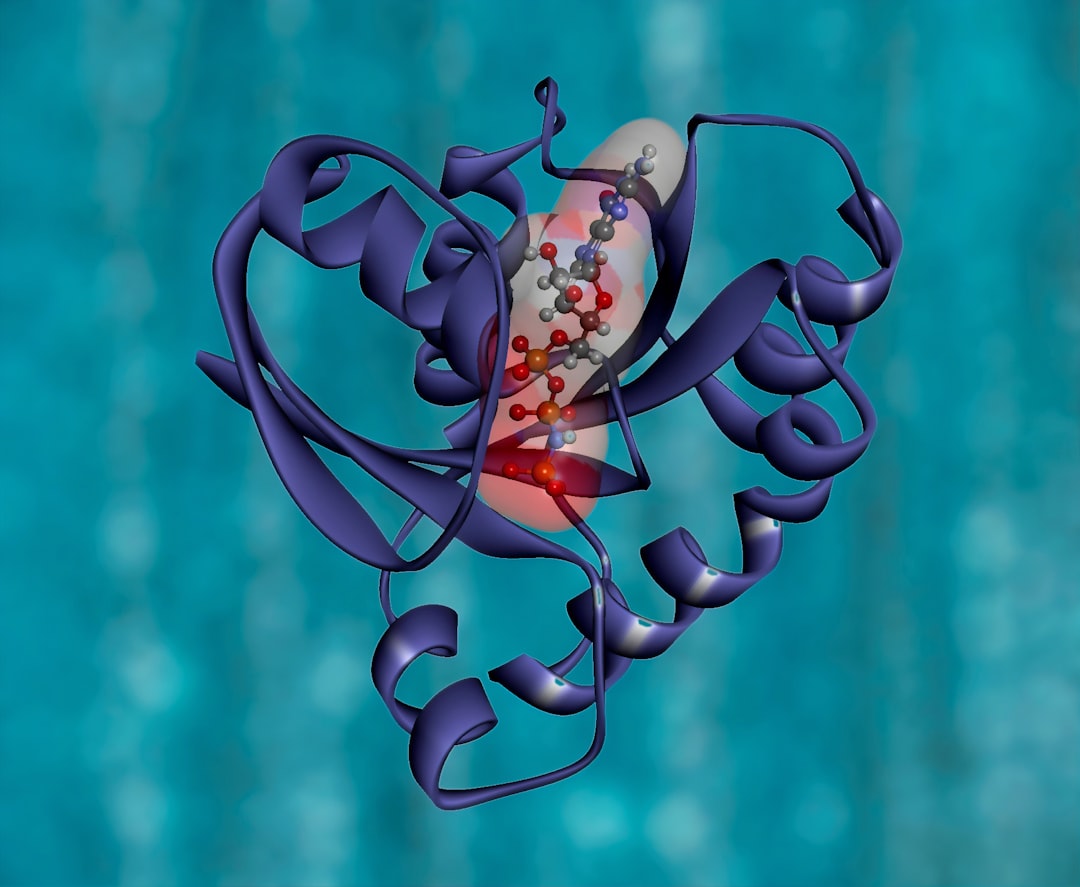What is it about?
The study proposes a mathematical model and uses computer simulations to describe the transmission of the Zika virus (ZIKV) in Bahia, Brazil. The simulations aim to reconstruct the past long-time multi-peak ZIKV outbreaks, project the future spread of ZIKV, and investigate the impact of vector control strategies. The model integrates the effects of seasonal change into mosquito biting rates, which were estimated using a computational parameter estimation algorithm. The study found that the ZIKV transmission model, together with the estimated weekly biting rates, gave a perfect fit between the simulation results and the reported data. The estimated mosquito biting rates were found to be correlated with the average temperature.
Featured Image

Photo by Cameron Webb on Unsplash
Why is it important?
This study is important because it provides a mathematical model and computer simulations to understand the transmission dynamics of the Zika virus (ZIKV) in Bahia, Brazil. By integrating the effects of seasonal change into mosquito biting rates, the study was able to reconstruct the past long-time multi-peak ZIKV outbreaks and project the future spread of ZIKV, as well as investigate the impact of vector control strategies. The study's findings can help public health officials and policymakers design and implement effective strategies to control the spread of ZIKV in areas where it is prevalent. Additionally, the study's conclusion that a ZIKV vaccine may be the best way to protect at-risk populations over the long term highlights the importance of ongoing research in developing effective vaccines for vector-borne diseases.
Perspectives
This study provides valuable insights into the transmission dynamics of the Zika virus (ZIKV) by developing a mathematical model and using computer simulations. The study's findings demonstrate the importance of incorporating seasonal effects into the epidemic model for accurately reconstructing and predicting ZIKV transmission.
Charin Modchang
Mahidol University
Read the Original
This page is a summary of: A mathematical model for Zika virus transmission dynamics with a time-dependent mosquito biting rate, Theoretical Biology and Medical Modelling, August 2018, Springer Science + Business Media,
DOI: 10.1186/s12976-018-0083-z.
You can read the full text:
Contributors
The following have contributed to this page










